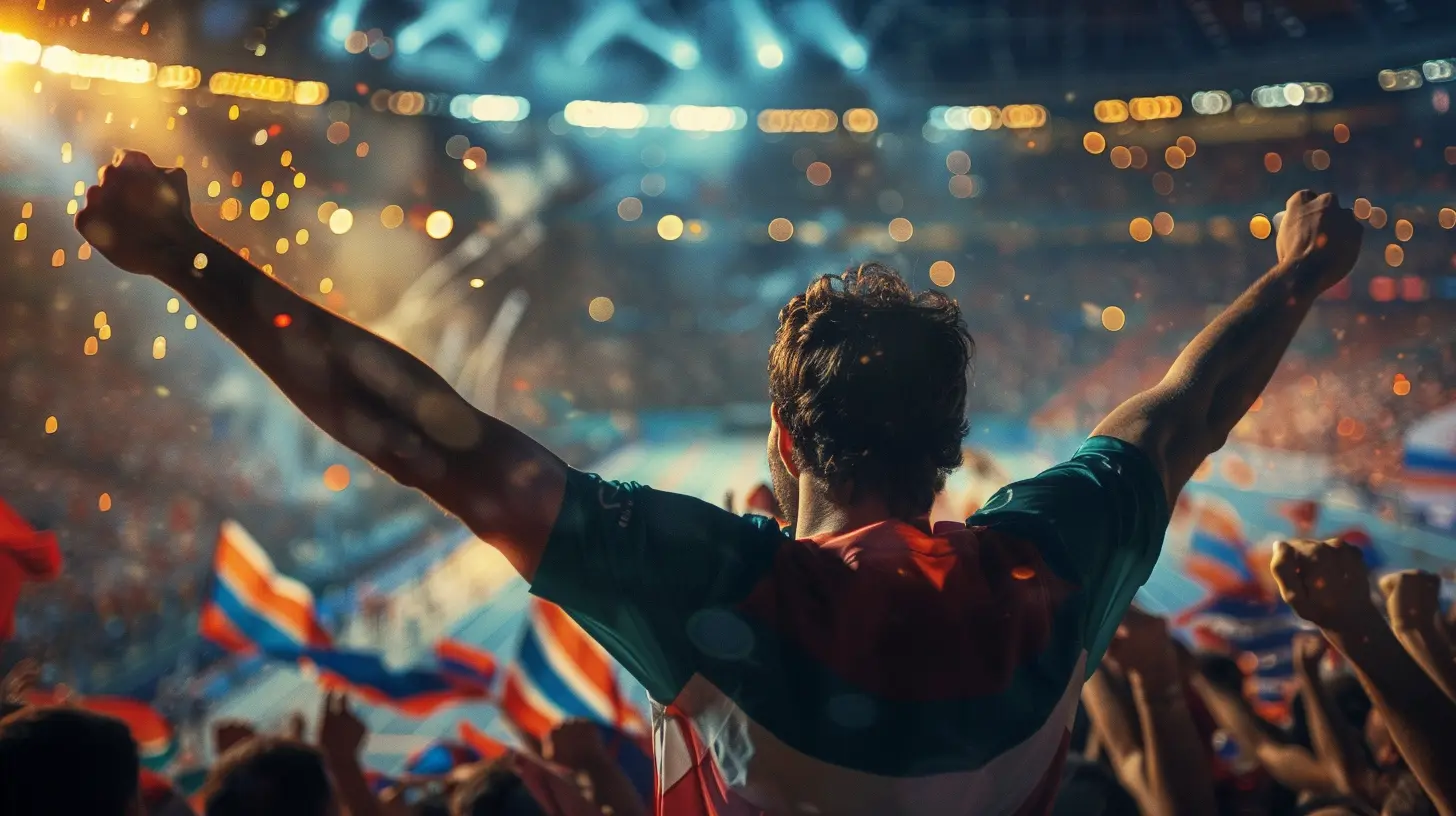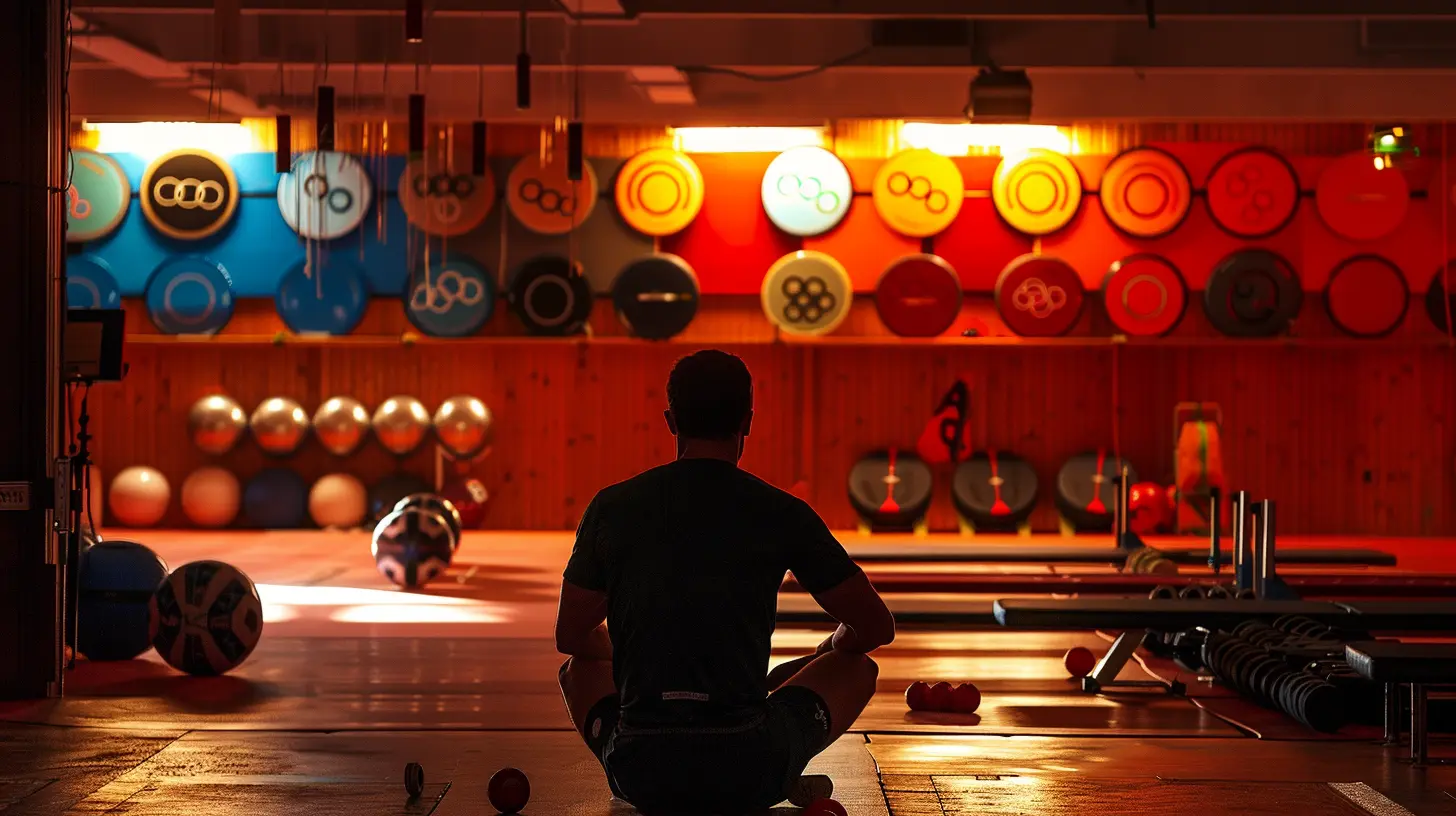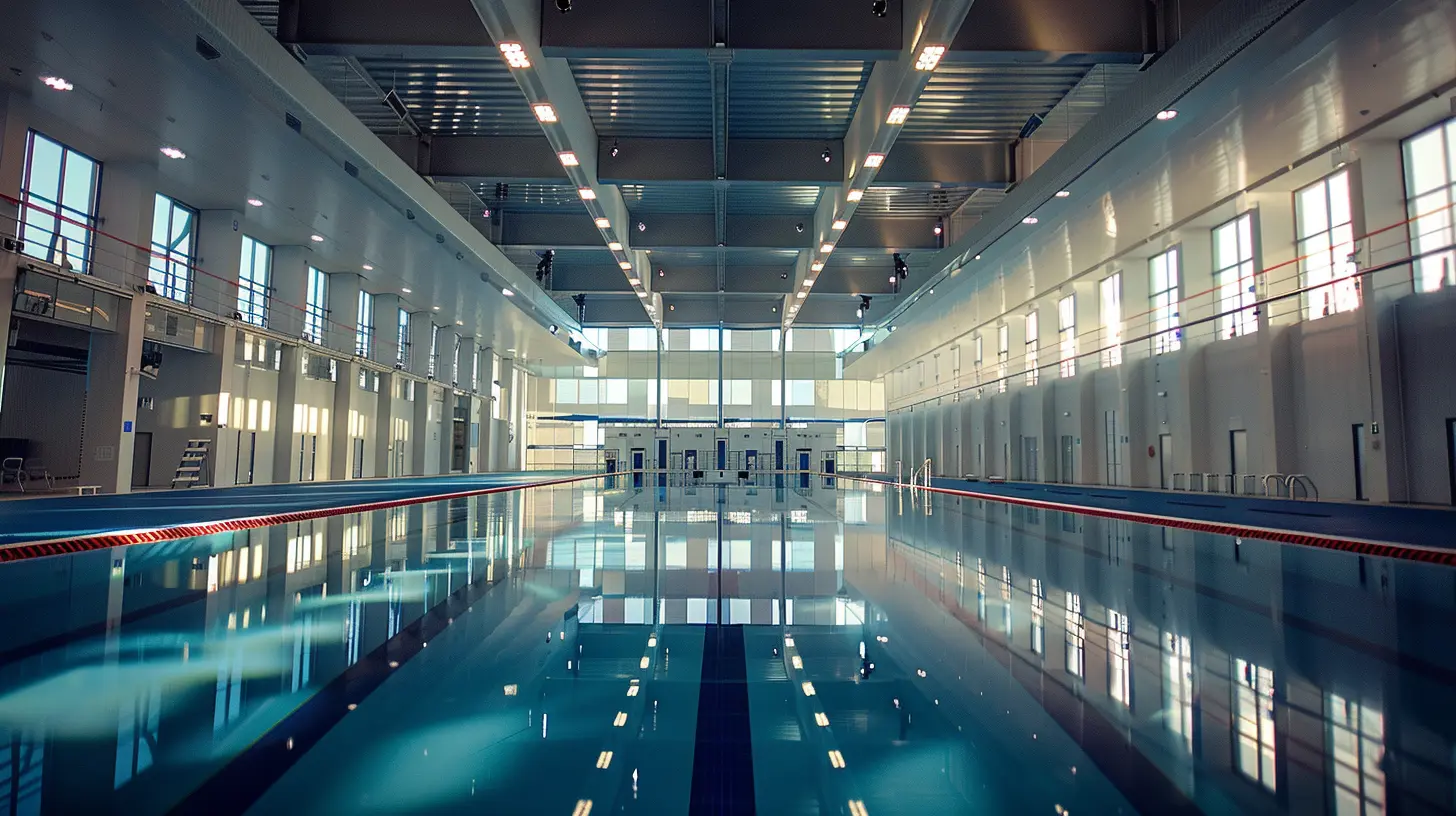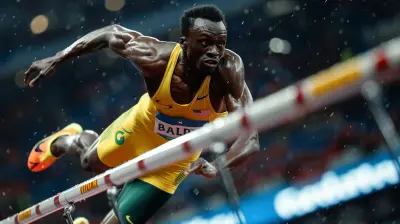4 April 2025
When we watch the Olympics, we see athletes at their absolute peak—pushing their limits, breaking records, and making history. But what we don’t see is the grueling preparation that goes on behind the scenes. Olympic dreams aren’t built overnight; they’re forged through years of sacrifice, sleepless nights, and relentless discipline.
So, what does it really take to become an Olympic champion? Let’s dive into the hidden world of an athlete’s journey to glory. 
The Road to the Olympics: It Starts Years in Advance
Most Olympians start their training journey at a young age. By the time they compete on the world’s biggest stage, they've already dedicated years—often decades—to perfecting their craft.For many, the path to the Olympics begins in childhood, when raw talent is identified, and a rigorous training regimen is introduced. From there, it’s a never-ending cycle of training, recovery, and mental conditioning.
But how do these athletes go from talented hopefuls to Olympic legends? It all comes down to a few critical elements. 
1. The Grueling Training Regimen
Let’s be real—Olympians don’t just train; they live and breathe their sport. Their lives revolve around perfecting every movement, refining every detail, and growing stronger every single day.Hours of Daily Training
The typical Olympic athlete trains between 4 to 8 hours a day, six or seven days a week. There’s no such thing as an “easy day” in their world. Training sessions often include:- Skill Enhancement: Perfecting technique, whether it’s a swimmer working on their stroke efficiency or a sprinter optimizing their start.
- Strength & Conditioning: Hours in the gym, lifting weights and building endurance.
- Recovery Work: Ice baths, stretching, and foam rolling to prevent injuries.
Cross-Training for Maximum Performance
Olympians don’t just stick to one type of workout. They mix it up with cross-training techniques like:- Yoga & Pilates: For flexibility, injury prevention, and core strength.
- Swimming & Cycling: Low-impact activities that build endurance while giving the joints a break.
- Altitude Training: Some athletes train at high elevations to increase their oxygen efficiency, improving endurance when competing at sea level.
It’s all about gaining an edge—because at the highest level, even a fraction of a second can be the difference between gold and silver. 
2. The Science of Nutrition: Fueling for Optimal Performance
They say, "You are what you eat," and for Olympic athletes, nutrition is a game-changer. Their diets are designed to maximize strength, endurance, and recovery. Every meal is calculated, down to the last calorie.A Carefully Designed Diet
Olympians don’t just eat whatever they want. Their nutrition is meticulously planned, often with the help of sports dietitians. Some key principles include:- Lean Proteins: Chicken, fish, eggs, and plant-based proteins to help muscle recovery.
- Complex Carbs: Whole grains, quinoa, and oats for long-lasting energy.
- Healthy Fats: Avocados, nuts, and olive oil for inflammation control and sustained energy.
- Hydration: Water, electrolytes, and recovery drinks to keep the body functioning at peak levels.
Some athletes need to consume 5,000 to 10,000 calories a day to fuel their intense training. That’s like eating five full meals in a single day—every day!
Supplements & Recovery Aids
While food is the foundation, many athletes incorporate:- Protein shakes & amino acids to aid muscle recovery.
- Creatine & BCAAs to enhance strength and endurance.
- Electrolyte-rich drinks to replenish lost minerals during intense workouts.
The margin between winning and losing often comes down to nutrition. A single mistake in diet could cost an athlete their place on the podium. 
3. The Mental Battle: Strength Beyond the Physical
Physical strength is only half the battle. The Olympics are as much a mental game as they are physical. Athletes spend just as much time training their minds as they do their bodies.Building Mental Toughness
Olympians face immense pressure. The world is watching, expectations are sky-high, and there’s no room for doubt. To stay sharp, they train their minds through:- Visualization Techniques: Mentally running through their races and routines before they ever step onto the field.
- Meditation & Breathing Exercises: To handle anxiety and stay focused.
- Psychological Coaching: Many athletes work with sports psychologists to build mental resilience.
Handling Pressure & Overcoming Setbacks
Failure is part of the journey. Every Olympian has faced defeat—sometimes in crushing fashion. But what sets them apart? They don’t quit.They learn from their losses, tweak their training, and come back stronger. The best athletes in the world don’t let failures define them; they use them as fuel for future success.
4. The Power of Rest and Recovery
It might seem counterintuitive, but rest is just as crucial as training. An exhausted body can’t perform at its best. That’s why Olympians take recovery seriously.Importance of Sleep
Most top-level athletes aim for 8 to 10 hours of sleep a night. Some even take naps between training sessions. Sleep helps muscle repair, boosts cognitive function, and enhances overall performance.Injury Prevention Strategies
To avoid setbacks, athletes incorporate:- Massages & Physical Therapy: To keep muscles loose and prevent strains.
- Cryotherapy & Ice Baths: To reduce inflammation and aid recovery.
- Compression Therapy: To improve circulation and speed up healing.
Avoiding injuries is crucial—because even a minor setback could derail months (or years) of preparation.
5. The Support System: Behind Every Champion
No Olympic athlete succeeds alone. Behind every medalist, there’s a team of coaches, trainers, sports doctors, and family members who support them every step of the way.Coaches & Trainers: The Architects of Success
A great coach does more than just design workouts. They strategize, motivate, and push athletes to their limits. They act as mentors, guiding athletes through the highs and lows of their journey.Family & Friends: The Emotional Backbone
Let’s not forget the sacrifices made by families. Many Olympians leave home at a young age, missing out on normal experiences to chase their dreams. The support from loved ones is what keeps them going through the toughest moments.The Final Countdown: Preparing for the Olympic Stage
As the Olympics approach, training becomes even more intense—but also more focused. Athletes fine-tune every aspect of their performance, ensuring they’re in peak condition when it matters most.In the final weeks leading up to the Games, they focus on:
- Polishing their technique.
- Tapering their training to preserve energy.
- Mental preparation to stay calm under pressure.
By the time they step onto that grand stage, they are ready—both mentally and physically.
Conclusion: The Sacrifice Behind Olympic Glory
Winning an Olympic medal isn't just about talent—it's about hard work, discipline, and an unbreakable spirit. These athletes sacrifice their social lives, endure brutal training, and push their bodies to the brink—all for a single shot at glory.So, the next time you watch an Olympic event, remember: every jump, kick, stroke, and sprint represents years of blood, sweat, and tears. And whether they win or lose, they’re already champions in their own right.


